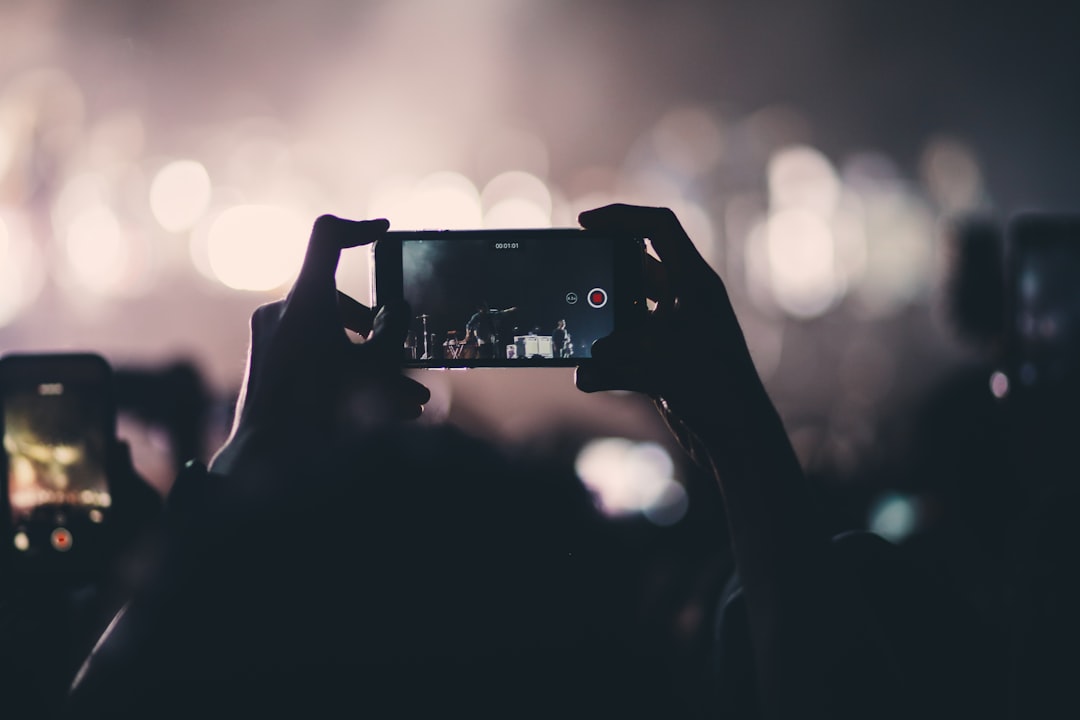Documenting with Smartphones
Making captivating and informative documentaries with your phone. Also, the iPhone 15 Pro Max comes with log capture and more candy for filmmakers.
The camera that’s always with you is ideal to capture events around you, but what if you want to tell a story with that power?

There are countless ways to tell a story. Film is probably the best because it has the biggest palette to work with and can have the largest reach. Let’s face the fact that a large part of the population won’t read books. But they’ll spend hours ingesting short videos.
The types of videos you can make with a smartphone camera will surprise you. From a short experimental film to a feature length narrative film, you can pretty much take your pick and invent your own. So why do a lot of storytellers still approach the smartphone film and video arena saying a phone is not a “real” camera?
All films have an element of art and science. Simply because we speak of smartphones as revolutionary, does not mean it’s all tech. When we decide we need to learn about tech to do something that’s been done many times over before, a lot of people feel intimidated. They prefer to just do it “the old way.”
What if the “old way” for you is to save, and save for the day you can buy a camera and then hire an operator? Because, the tech is still not your thing, right?
Telling stories is an art form.
Documentary filmmaking is one of the most versatile formats in the film industry. There are almost no limits to the media you can include in a documentary.
When I was in college, I was tasked with a couple classmates to make a film. Because I was concurrently working for a company in video production, my colleagues looked up to me to lead the project. I chose a documentary about urban legends in San Diego.
You can read my story that walks you through my experience. It’s also a fun read as we approach Halloween!
Haunting A Documentary
Every time it comes to mind I feel a little sad. It’s something I directed in college. I am blanking on the name of the class, specifically, but I think it was the last course in my major. We formed groups of three and set out to produce a film. During my college days, The Blair Witch Project had been mentioned in some o…
One of the things we did making our documentary, was go to the library and film passages and photos from books with our video camera. It was rough, due to the size of the camera and lighting. We had to set up a table, put the camera on a good tripod for smooth pans, etc.
Today, I think about how much easier it would have been to just use a smartphone camera with stabilization.
I’ll share one tip I learned years ago about smartphone b roll capturing, below.
Later, in another post, I’ll share more from my video production experience and studies that you can use to make better documentaries with your smartphone camera, for paid subscribers. Don’t worry, I’ll still share my usual posts for free subscribers.
I hope that at least some of you realize the time and value of me sharing my knowledge. I’ve gained most of it through years of work and experience. So take advantage of my discount offer to be a paid subscriber.
If you’ve ever bought a book or purchased a subscription to a magazine, you understand the value of writing and reading. I am a human being not using ChatGPT or AI to write for you. Please support my writing through a paid subscription. It’s minimal, and incentivizes me to keep writing for you. The rest of this writing is free to the public, free for you. I appreciate you. Thank you.
Right now through October 31, I’m offering a special discount for one year.



